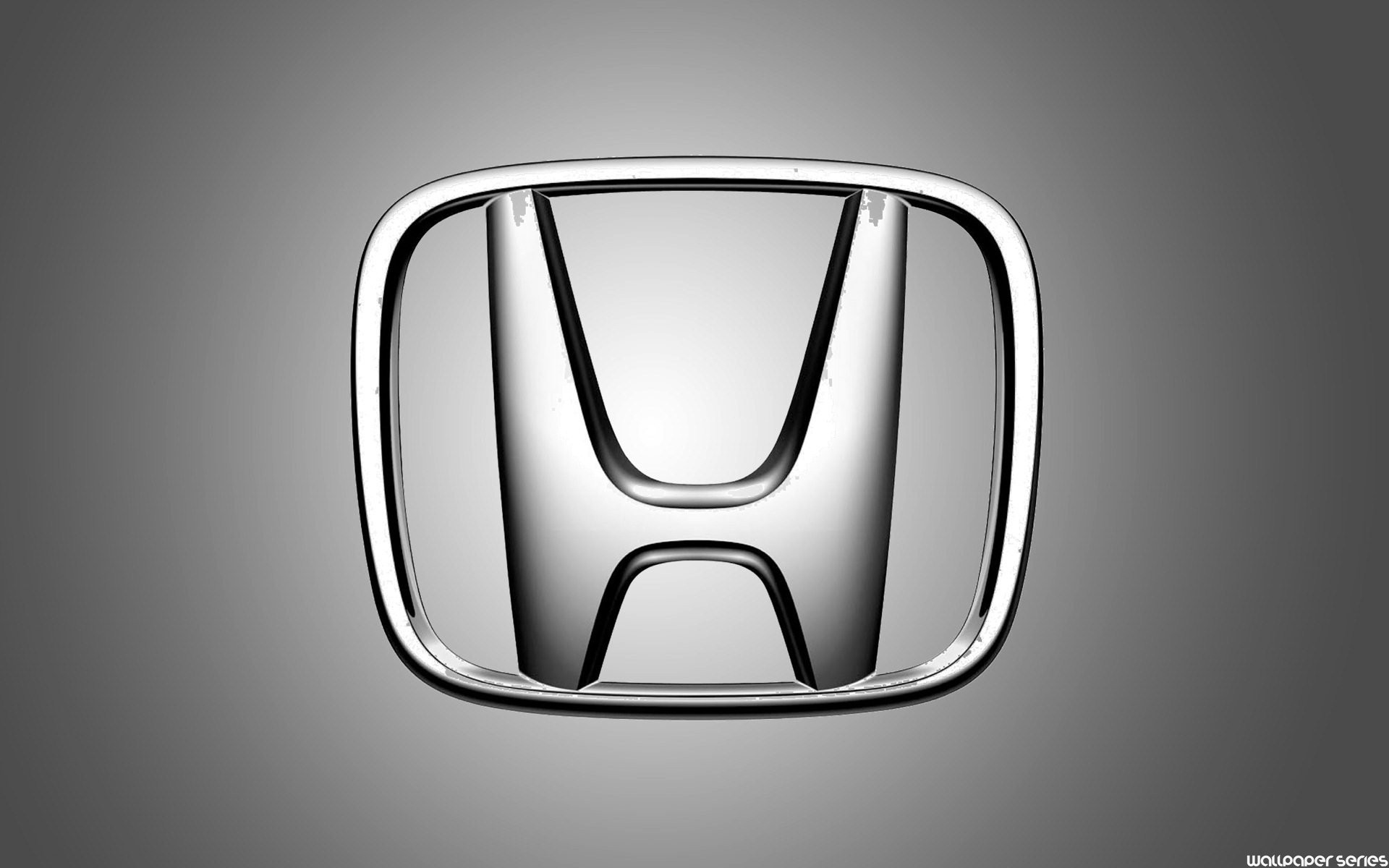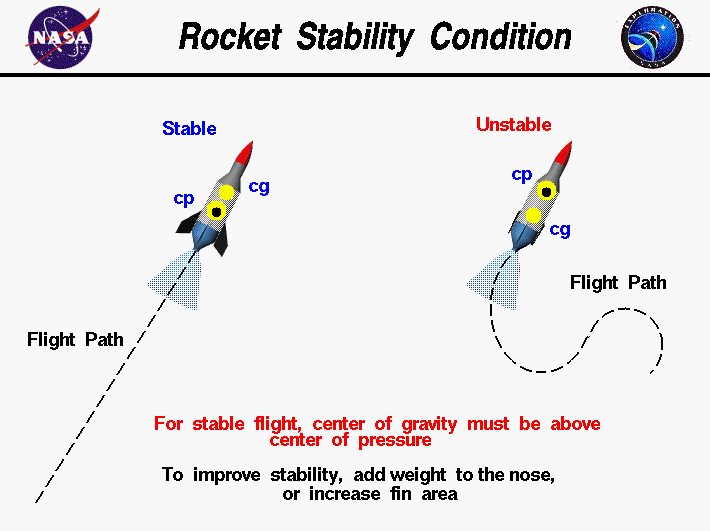I have some questions about weight distribution on F1 cars...
What is the best/optimum weight distribution front to rear in F1 cars ? What is the current weight distribution of F1 cars? Is it 45%/55% front to rear ?
What are the chassis, suspension and aero designers/engineers trying to achieve with understeer vs oversteer with weight distribution?
Has the hybrid era with KERS, MGU-H/K and batteries forced F1 teams to sacrifice the optimum weight distribution to a more unfavorable distribution weight compared to the 1990's and early 2000's F1 cars ?
In 2004, I remember reading that the Renault had a little less weight on the front with around a 40%/60% or 42%/58% front to rear as to why they were so quick off the line and gave them an advantage in mid corner and accelerating out of the corners sooner than the Williams...
In the Chinese GP that year (2004) Ralf Schumacher complained that he couldn't keep up with the Renaults as they exit the corners so much sooner than he could in the Williams. Was that due to the Renault chassis or did the Renault engine have better low end torque/HP than the BMW ?
In road cars for years it seemed that the best weight distribution for mid/rear engine cars was 42%/58% front to rear.
42% front, 58% rear is used in these road cars below...
1990 Acura/Honda NSX
1992-1998 McLaren F1 road car.
1995 Ferrari F50
2019 McLaren GT - (42.5/57.5)
Gordan Murray who designed the McLaren F1 road car talked about how he got the inspiration for the McLaren road car from owning a 1990 Acura/Honda NSX.
- Login or Register
No account yet? Sign up


